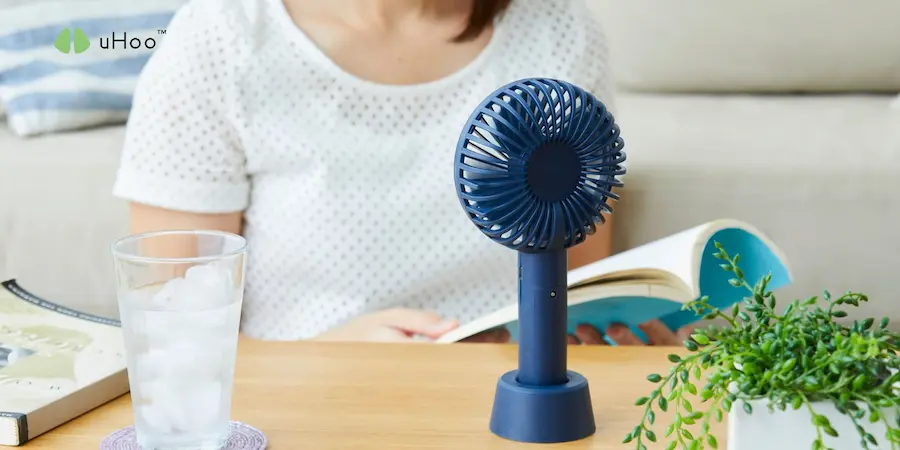Ventilation is celebrated as a cornerstone of healthy indoor living, often synonymous with “fresh air.” And rightfully so – introducing outdoor air to dilute indoor pollutants like carbon dioxide, volatile organic compounds, and airborne particles is crucial. However, like many good things, there’s a tipping point. When the balance is lost, and ventilation becomes excessive, you inadvertently expose your home and family to the dangers of excessive home ventilation.
The Hidden Dangers of Excessive Home Ventilation
- Importing Outdoor Pollutants: This is a major concern, especially in bustling urban centers. Excessive ventilation doesn’t discriminate; it pulls in everything outside, including fine particulate matter, ground-level ozone, allergens, and unpleasant odors.
- Uncontrolled Humidity Swings: In a tropical climate, one of the most significant dangers of excessive home ventilation is the uncontrolled influx of humid outdoor air. This can rapidly elevate indoor relative humidity (RH) above healthy levels (30-50%), Significant Energy Waste and Higher Utility Bills: Excessive ventilation means your HVAC system constantly battles the outside environment. In hot, humid weather, your air conditioner works overtime to cool and dehumidify the endless stream of warm, moist air. This drastically inflates your electricity consumption and utility bills, essentially throwing money out the window.
- Compromised Security: While less of an IAQ issue, leaving windows and doors excessively open, particularly on lower floors or in easily accessible areas, poses a direct security risk to your home and family.
- Reduced Comfort and Noise Infiltration: Beyond humidity, uncontrolled air exchange can lead to uncomfortable drafts and allow outdoor noise pollution (traffic, construction, urban bustle) to infiltrate your peaceful home environment.
The key to healthy ventilation lies in balance and control. Relying on passive or excessive ventilation methods without understanding the outdoor air quality or indoor humidity levels can inadvertently expose your home to the very problems you’re trying to avoid. True indoor air health requires thoughtful consideration of what you’re bringing in, not just what you’re pushing out.
To avoid the dangers of excessive home ventilation and optimize your home’s air exchange, a uHoo air quality monitor can be an invaluable asset. By providing real-time data on indoor and outdoor air pollutants, humidity, and CO2, uHoo helps you make informed decisions about when and how to ventilate, ensuring that “fresh air” truly benefits your indoor environment without compromising safety, comfort, or energy efficiency.

